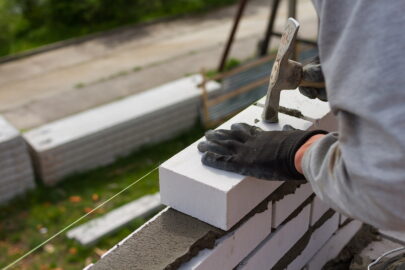According to an Ipsos Mori survey commissioned by the National Custom and Self Build Association (NaCSBA), around one in 50 adults expect to progress plans for their own bespoke home in the coming year.
However, despite this demand, local planning authorities from 21 prominent regions have so far failed to put in place a register to assess demand for custom and self-build homes in their area, complying with the Self-build and Custom Housebuilding Act which came into force in England on 1 April 2016.
Each of these councils will ultimately have to ensure the delivery of sufficient serviced building plots to meet local demand when a new legal duty within the Housing and Planning Act 2016, dubbed ‘The Right to Build’, commences on 31 October 2016.
In addition, the survey reveals that 77% of Brits were unaware of their local council’s duty to keep a register of people looking to buy land in the local area to build their own home. To help those in a similar situation, NaCSBA has developed a new website, righttobuildportal.org, where people can find the details of each local authority’s Right to Build register. It also allows those in areas where an official register has yet to be introduced to sign up. NaCSBA will collate the names and ensure the relevant authority is informed.
Michael Holmes, chair of NaCSBA, said: “Those local authorities that do not have a register are not only failing to meet their legal duty under the Self Build and Custom Housebuilding Act, but are letting down their local community, as there are hundreds of thousands of people who would like to build their own home yet cannot find a plot. Without a register in place, they will not have an indication of local demand or how many individual building plots they need to permission and may face appeals against refusals of planning permission as well as the risk potential legal challenges, so it’s imperative for them to start implementing without delay to meet the end of October deadline.
“Apart from the attraction of having an individually designed home, there are several financial and tax incentives to having a custom or self-build home. Depending on the level of involvement from the homeowner, it is possible to save 20-30 per cent by self-building compared to buying a similar property.”
The missing registers are: Barrow-in-Furness; Boston; Bradford; Brighton and Hove; Copeland; Coventry; Craven; East Hertfordshire; East Northamptonshire; Epsom and Ewell; Halton; Luton; Maidstone; Merton; North Lincolnshire; Ribble Valley; Rochdale; Sandwell; Stockport; Tameside and Walsall.
